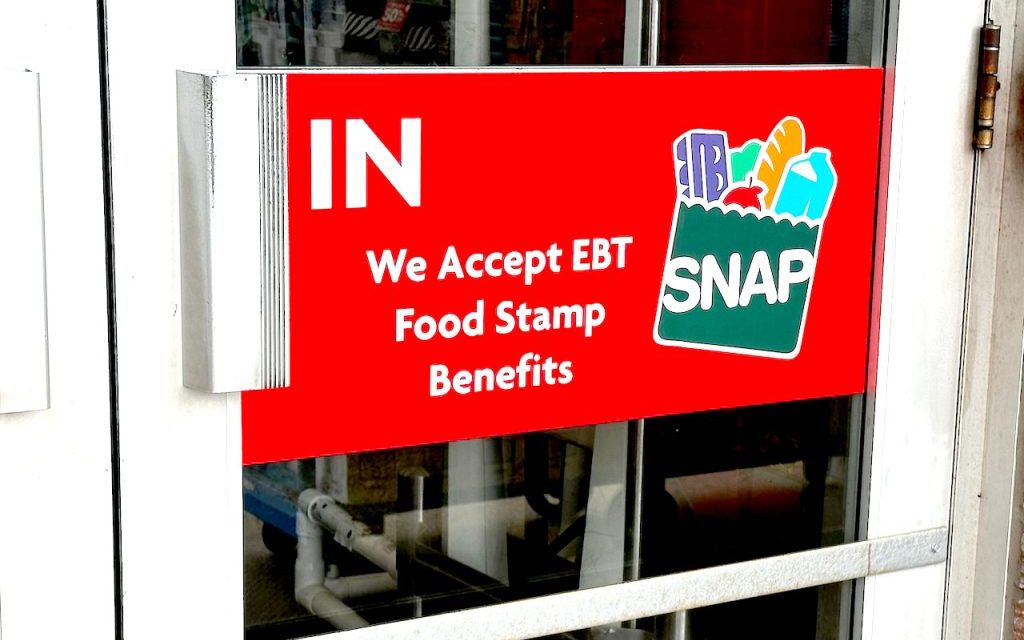By Leada Gore
Benefits provided through the Supplemental Nutrition Assistance Program are set to increase this week.
The Cost of Living Adjustment impacts the maximum allotments for those who receive SNAP, commonly known as food stamps. The changes will take effect on Oct. 1 and last until Sept. 30, 2025.
The new maximum SNAP allotments are:
- 1 person household – $292
- 2 person household – $536
- 3 person household – $768
- 4 person household- $975
- 5 person household – $1,158
- 6 person household – $1,390
- 7 person household – $1,536
- 8 person household – $1,756
- Each additional person adds $220 to the monthly total.
Residents in Alaska, Hawaii, the Virgin Islands and Guam receive additional benefits due to the higher price of food in those areas.
SNAP eligibility depends on household income and assets and is adjusted yearly. You can see the current eligibility guidelines here.
Some 42.1 million people – roughly 12.6% of people in the U.S. – benefited from SNAP each month in 2023, according to data from the U.S. Department of Agriculture. The average benefit was $211.93 per month. State-by-state participation rate ranges from a low of 4.6% in Utah to 23.1% in New Mexico. In Alabama, 15.2% of the population receive SNAP benefits.
10 states with highest SNAP participation rates
1. New Mexico – 23.1%
2. District of Columbia – 20.4%
3. Louisiana – 19.6%
4. West Virginia – 17.4%
5. Oregon – 17.3%
6. Oklahoma – 16.8%
7. Illinois – 16.2%
8. Massachusetts – 15.5%
9. Nevada – 15.4%
10. Alabama – 15.2%
10 states with the lowest SNAP participation rates
1. Utah – 4.6%
2. Wyoming – 5.1%
3. New Hampshire – 5.3%
4. North Dakota – 5.8%
5. Idaho – 6.2%
6. Kansas – 6.4%
7. Alaska – 7.4%
8. Montana – 7.5%
10. Nebraska – 7.9%









